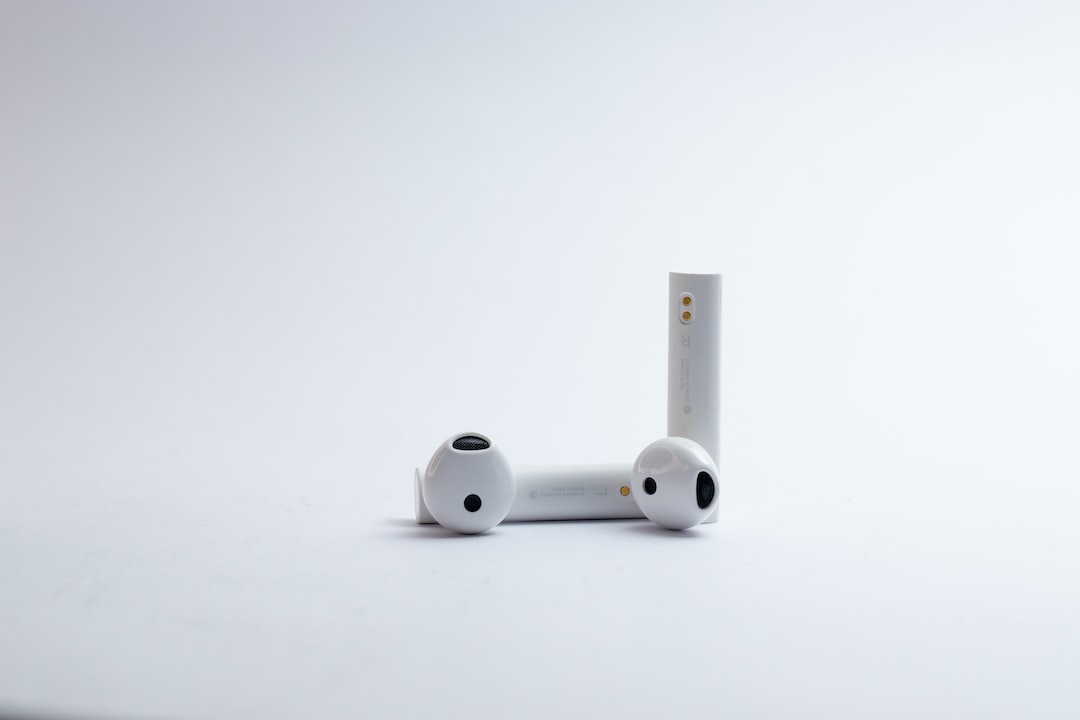From Vinyl to Spotify: The Evolution of Music Consumption
Music has always been an integral part of human culture, serving as a medium of expression, entertainment, and communication. Over the centuries, the way we consume music has radically evolved, with technological advancements and changing consumer habits playing a significant role. The transition from vinyl records to streaming platforms like Spotify is a captivating journey that encapsulates the transformation of the music industry.
Vinyl records, first introduced in the late 1800s, revolutionized music consumption. These heavy discs etched with grooves, played on turntables equipped with a needle, provided listeners with an immersive and tangible music experience. The warm analog sound, album covers, and liner notes became cherished collectibles and a symbol of music appreciation.
The popularity of vinyl records peaked in the mid-20th century when they were the primary medium for music distribution. Record stores were bustling with enthusiasts looking to discover new artists and albums. However, with the advent of cassette tapes and later compact discs (CDs), vinyl’s reign started to wane. The convenience and portability of these new formats and their ability to reproduce music without the pops and crackles of vinyl greatly appealed to consumers.
In the late 1990s, digital music started gaining momentum with the emergence of the MP3 format and file-sharing platforms like Napster. The ability to easily transfer and share music files over the internet led to a surge in music piracy. The industry entered a period of turmoil, desperately searching for a solution to combat illegal downloading and protect artists’ revenues.
It was during this time that Apple introduced the iPod and iTunes, setting the stage for the digital music revolution. With the iPod’s sleek design and vast storage capacity, users could carry thousands of songs in their pocket. The iTunes Store, launched in 2003, allowed consumers to legally purchase and download individual songs or albums, providing a new revenue stream for artists and record labels.
As smartphones and mobile internet became prevalent, streaming services emerged as the next game-changer in music consumption. Spotify, launched in 2008, offered access to a massive library of songs, all available on-demand. Instead of owning individual songs or albums, users could stream music over an internet connection, opening up an entire world of music at their fingertips.
The rise of streaming services revolutionized the way we discover and listen to music. With curated playlists, AI-based recommendations, and personalized algorithms, platforms like Spotify have become the go-to source for music discovery, surpassing traditional radio and even word-of-mouth recommendations. This shift has democratized access to music, allowing independent artists and niche genres to gain visibility and reach a global audience.
Beyond just streaming music, these platforms have also become centers for music-related content, including podcasts and documentaries. Artists and creators now have the opportunity to directly engage with their fans through exclusive interviews, live performances, and behind-the-scenes insights.
However, the transition to streaming has not been without its controversies. Critics argue that artists receive meager compensation from streaming services, with the revenue stream heavily tilted in favor of record labels and established acts. This has sparked debates about fair pay and the sustainability of the music industry in the digital age.
Despite the challenges, there is no denying that the evolution of music consumption has enriched our musical experiences. We can now effortlessly explore diverse genres, discover emerging artists, and create personalized soundtracks for every mood and occasion. The convenience and ease of access provided by streaming platforms have propelled the music industry into the digital era, presenting both opportunities and challenges for artists and listeners alike.
From the crackles of vinyl records to the algorithms of Spotify, the evolution of music consumption reflects our changing desires, lifestyles, and technological innovations. As we embrace the future of music, it is essential to embrace the artists, their creativity, and ensure a fair and sustainable industry that supports them.

